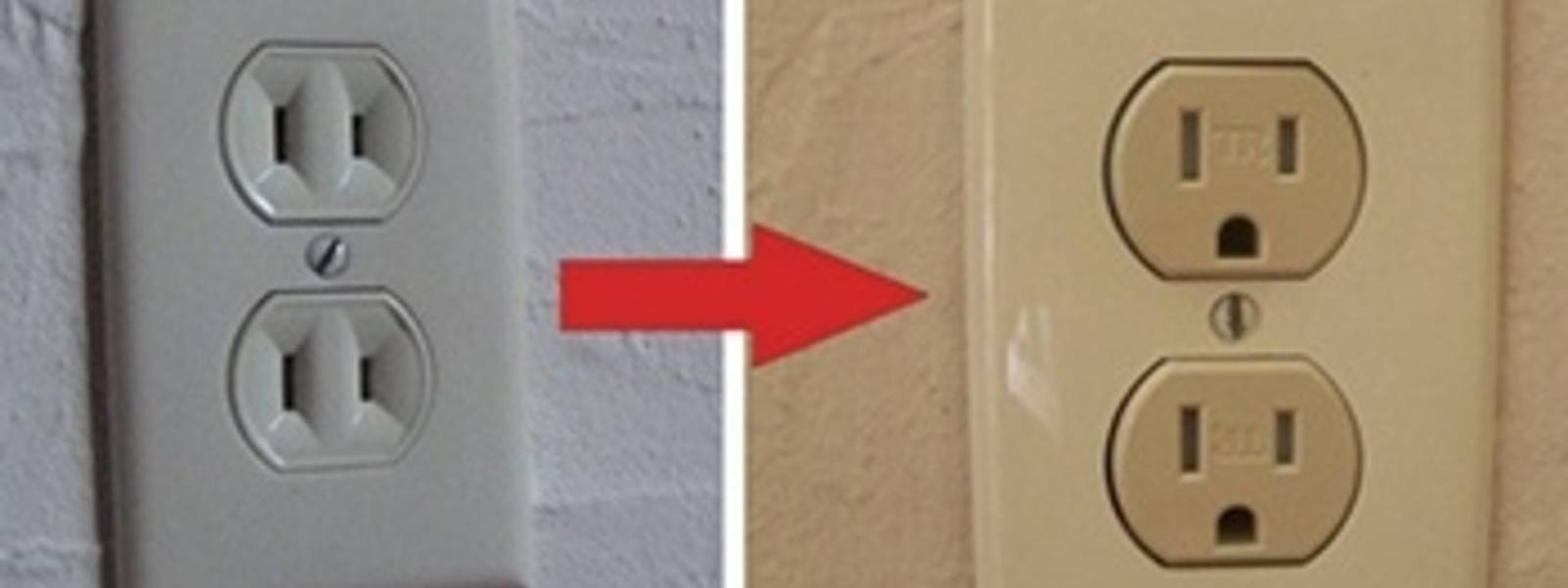
I want to install 3-prong receptacles in a 2-prong receptacles home... what do I do?
Two-prong outlets are not just inconvenient; they also pose a real safety hazard. The third prong on a plug is designed to give a fault path in the event of a short in the wire or device that is connected shorts out. Without a ground path, electrical shock or fire could occur. A metal light fixture, for example, could become energized on its exterior, making it dangerous to touch, and because there is no grounding, the breaker will not trip - a potentially deadly scenario.
The solution, however, is not just a quick replacement from a two-prong to a three prong receptacle. First off, if the wiring system is not properly grounded, then this “fix” is an illegal one. The simplest way to figure out if your wiring is properly grounded is to purchase a three-prong plug tester that will show "open ground."
In some cases, a home's wiring is grounded, yet three prong receptacles were not installed during construction because it was cheaper to install two-pronged receptacles. In other cases, there is no wire or proper grounding path. Improperly grounded wiring is not uncommon in houses built more than 50 or 60 years ago.
Most likely, your old two prong receptacle is so loose that plugs fall out of it, or it is brittle discolored and cracking - if any of these situations exist, the time to replace them is now. If you have discovered that you do not have the properly required grounding, GFI’s are the solution to protect the circuit. GFI’s can be used with breakers or receptacles. It is possible for a single GFI outlet to protect an entire circuit, but it is crucial that you hire an electrician to determine your exact circuit paths.
The reason GFI receptacles are both legal and advised is that they can detect trace levels of leakage current, and open the circuit even faster than the breaker. This reason is why GFI’s are required near sources of water (like the bathroom and kitchen), or outdoors.
An electrician will determine for you whether you can install standard plugs, or if you need a GFI. If you do need a GFI, your electrician will know how to wire it correctly, and in the right location.
